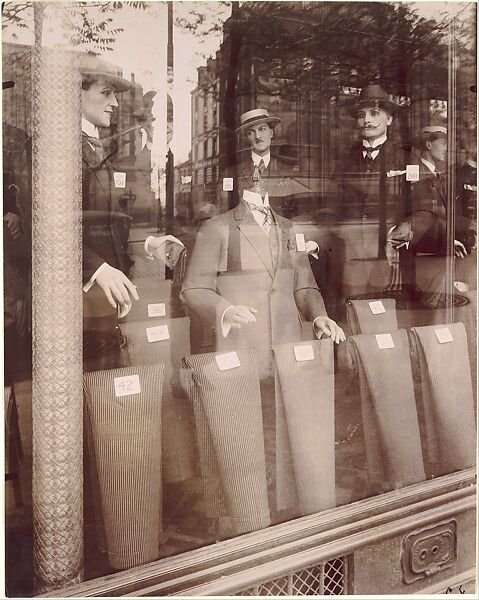35mm Photographers Are The DJs Of The Art World
35mm film photographers are the DJs of the art world.
This is not a crack on 35mm photography (completely), nor do I think DJs are wack (most are), but if you pick up a 35mm camera in 2024, you are no different than the next person downloading songs onto a CDJ or USB. Becoming a 35mm photographer is a lot like becoming a DJ; what do you need first? A cool outfit and some money to buy equipment. If you take photos of cool/pretty people (also in cool outfits), or of street life in a foreign country that none of your friends have been to, you probably are gonna be considered a good photographer. DJs are the same; they play music that the general public enjoys, while mixing some slightly obscure “world sounds” that most won’t know. I guess what I’m trying to say here is that the caliber of which constitutes someone as ‘good’ is not calibrated well enough when it comes to 35mm film photographs and DJs. This doesn’t mean I don’t enjoy 35mm photography, nor does it mean I don’t enjoy going out to see someone spin, especially on vinyl.
I sound like a hater, but I truly wish (almost) every DJ and 35mm photographer well. It seems like a great life. Traveling the world, meeting people, eating different foods, buying something from the local street market; it honestly sounds exciting. I think the comparison between the two is accurate. I have many friends (after this maybe not) that are 35mm photo-freaks, and friends that DJ. I love and support them.
While on the topic of photography and cool outfits, I thought I’d share some art history regarding street photography-
France had a type of urban citizen called the “flâneur”. Their purpose was to observe the social-urban life. The flâneur was an outsider, who simultaneously blended in. They usually dressed super fly, as one would in 18th and 19th century France, to walk the city all day just exploring and observing the people and buildings. The female version was called the “passante”. These citizens were usually of the noble class, or well-off enough that they could do nothing in the city most of the day. Not always, but most of the time flâneurs were writers, painters, and photographers. One of my favorite, and probably one of the most important photographers in history, Eugène Atget, was a flâneur. If you don’t know the name, you might have seem at least one of his photos. If you haven’t seen his photos, you’ve seen things inspired by him (ex. Mazzy Star’s “She Hangs Brightly” album cover, or Wes Anderson’s “The French Dispatch”). Although Eugene Atget didn’t shoot 35mm, I thought I’d share some of his mystic photographs that are an artful glimpse into France’s past.
Eugène Atget, "Hotel de la Brinvilliers, l'empoisonneuse, Rue Charles V 12", 1900.
Mazzy Star’s “She Hangs Brightly” album cover.
Although never confirmed, I believe the band took inspiration directly from Atget, the coincidence is too great to not be true. Atget has many photographs of hotel staircases in this mode of documentation.
Eugène Atget, "La cour du Dragon", 1913.
Eugène Atget, "Avenue des Gobelins", 1925.
Maybe I’m wrong, but when I think of urban street photography, I think of crowded spaces. Atget, while being an observer of social life in the city, loved to start his days early and document the quiet, desolate streets of Paris before *probably* sitting in the cafe, getting slightly hammered and people watching. There are thousands of Atget photographs, some of the same locations over a number of years. He witnessed a great change happening to Paris and documented it. He worked leisurely but consistently. Some of the locations Atget documented can still be found today, while others have disappeared. What does this mean for you? Just roam around while everything else/one around you moves in a different direction.
Eugène Atget, "Ambassade d'Autriche, 57 rue de Varenne", 1905.
Eugène Atget, "Pendant l'éclipse", 1912.
V.N





